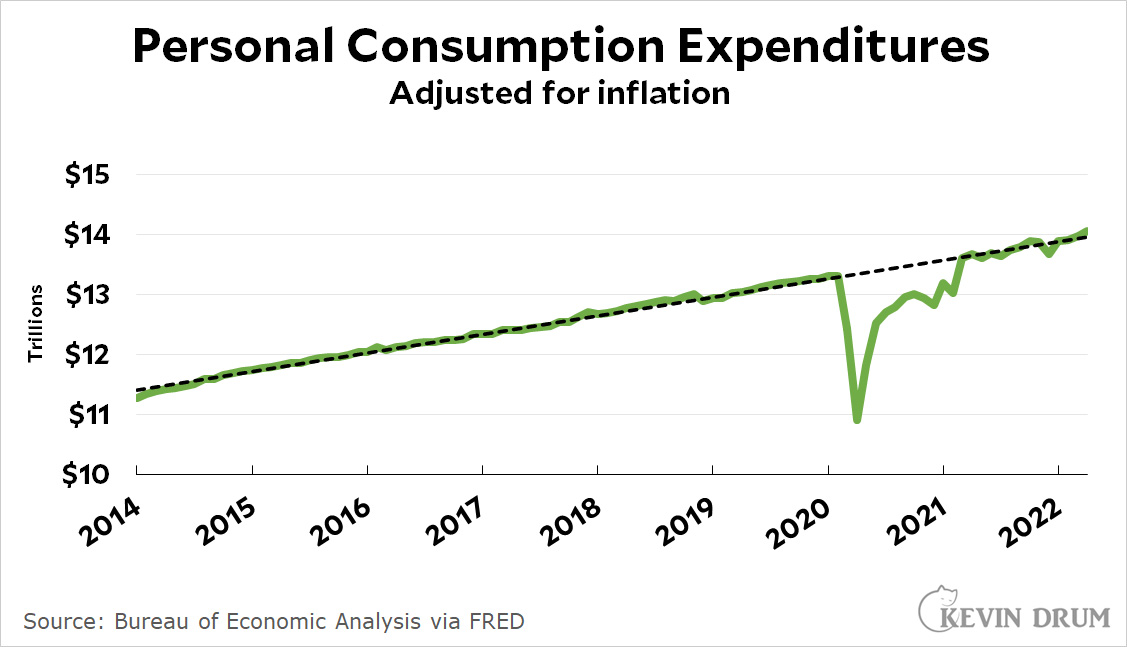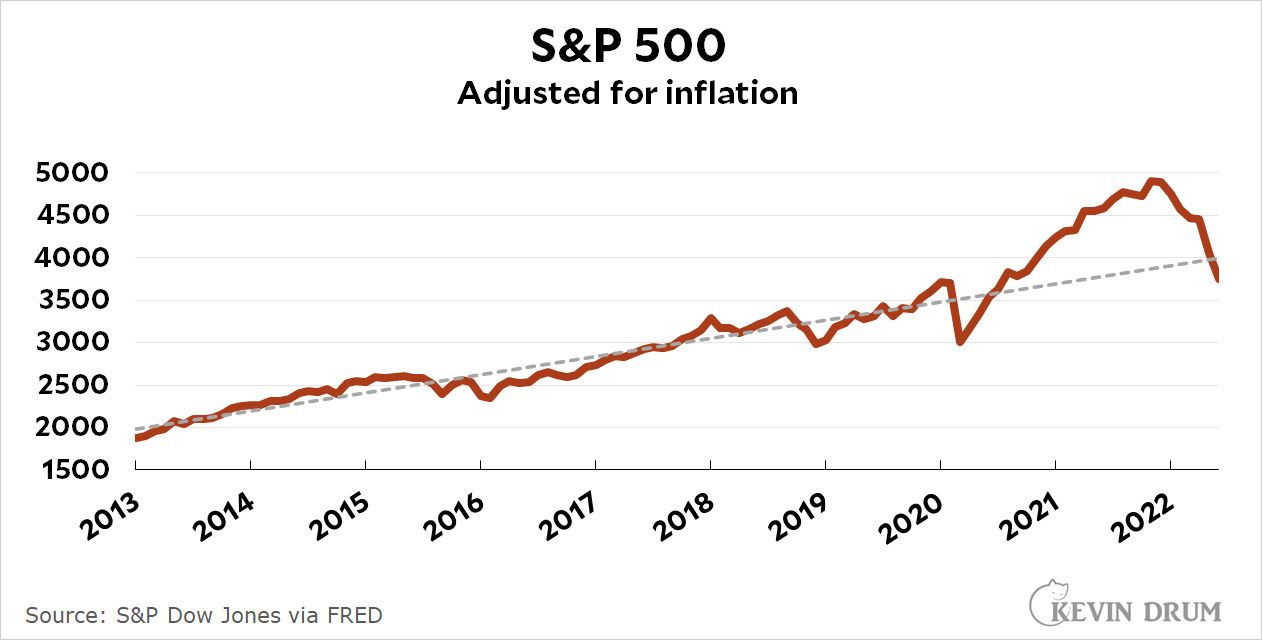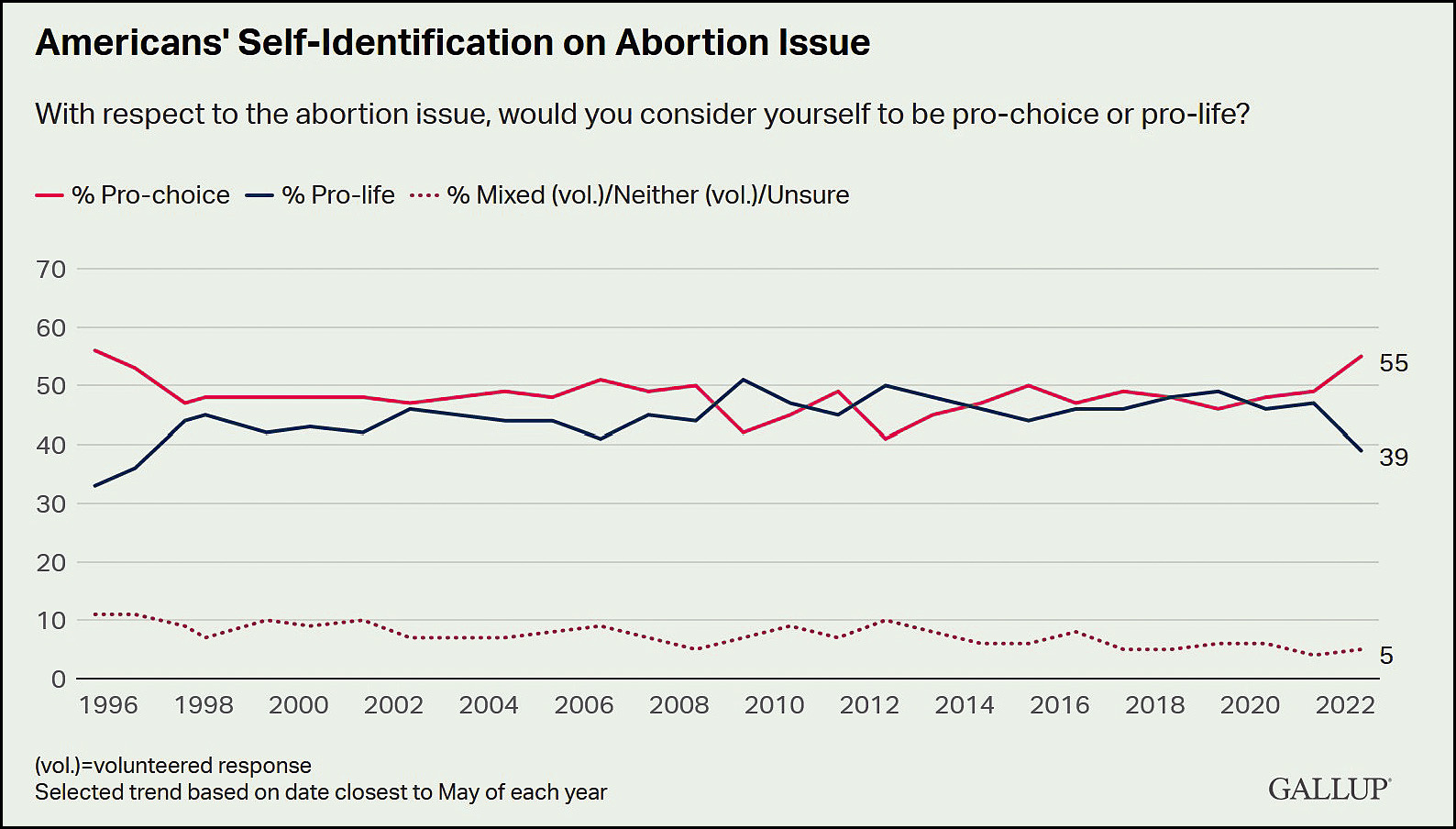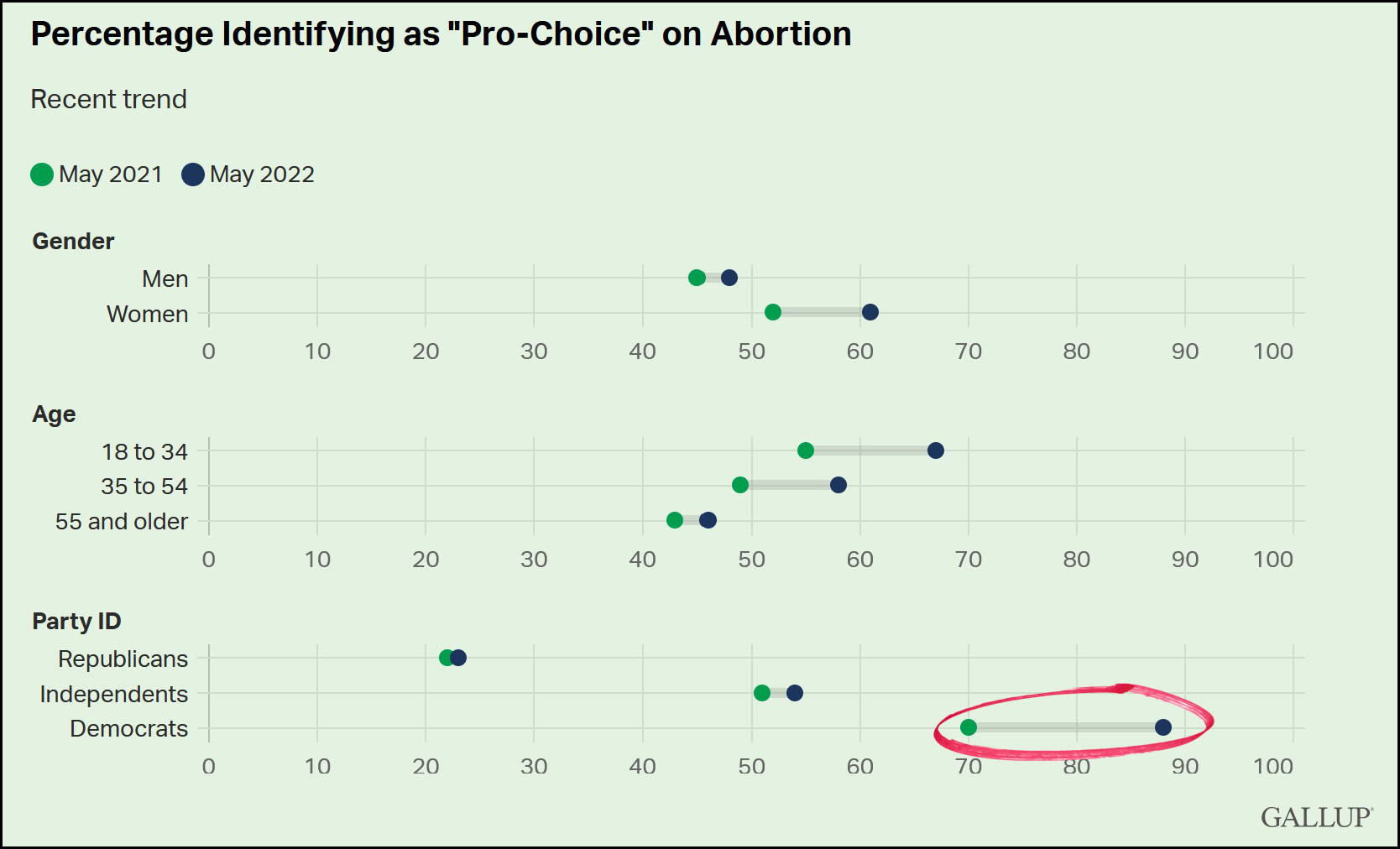The article of the moment in progressive circles is Monday's Ryan Grim piece in the Intercept that's subtitled, "Meltdowns have brought progressive advocacy groups to a standstill at a critical moment in world history."
Quite so. The only surprising thing about Grim's account is that it took so long for someone on the left to write it. The widespread revolt of young staffers, especially in the nonprofit space, is the subject of endless talk within the progressive movement, but you'd never know it on the outside because it's been written about only in bits and pieces that never quite add up to a full story. Grim is the first to put the whole thing together without (very much) defensiveness or punch pulling.
The clash Grim describes between workers and management has been brewing for a while—since the election of Donald Trump, at least—but took off in earnest only after the 2020 murder of George Floyd by Minneapolis police. Staffers at progressive nonprofits, in a game of follow the leader, all began issuing demands, writing manifestos, and declaring that the organizations they worked for were hopelessly misogynistic, classist, white supremacist, and, inevitably, "unsafe." These revolts were eerily similar, and they drove management nuts:
At the ACLU, as at many organizations, the controversy quickly evolved to include charges that senior leaders were hostile to staff from marginalized communities. Each accusation is unique; some have obvious merit, while others don’t withstand scrutiny. What emerges by zooming out is the striking similarity of their trajectories. One foundation official who has funded many of the groups entangled in turmoil said that having a panoramic view allowed her to see those common threads. “It’s the kind of thing that looks very context-specific, until you see a larger pattern,” she said.
....Inner turmoil can often begin, the managers said, with performance-based disputes that spiral into moral questions. “I also see a pattern of … people who are not competent in their orgs getting ahead of the game by declaring that others have engaged in some kind of -ism, thereby triggering a process that protects them in that job while there’s an investigation or turmoil over it,” the foundation official added. Such disputes then trigger broader cultural conversations, with battle lines being drawn on each side.
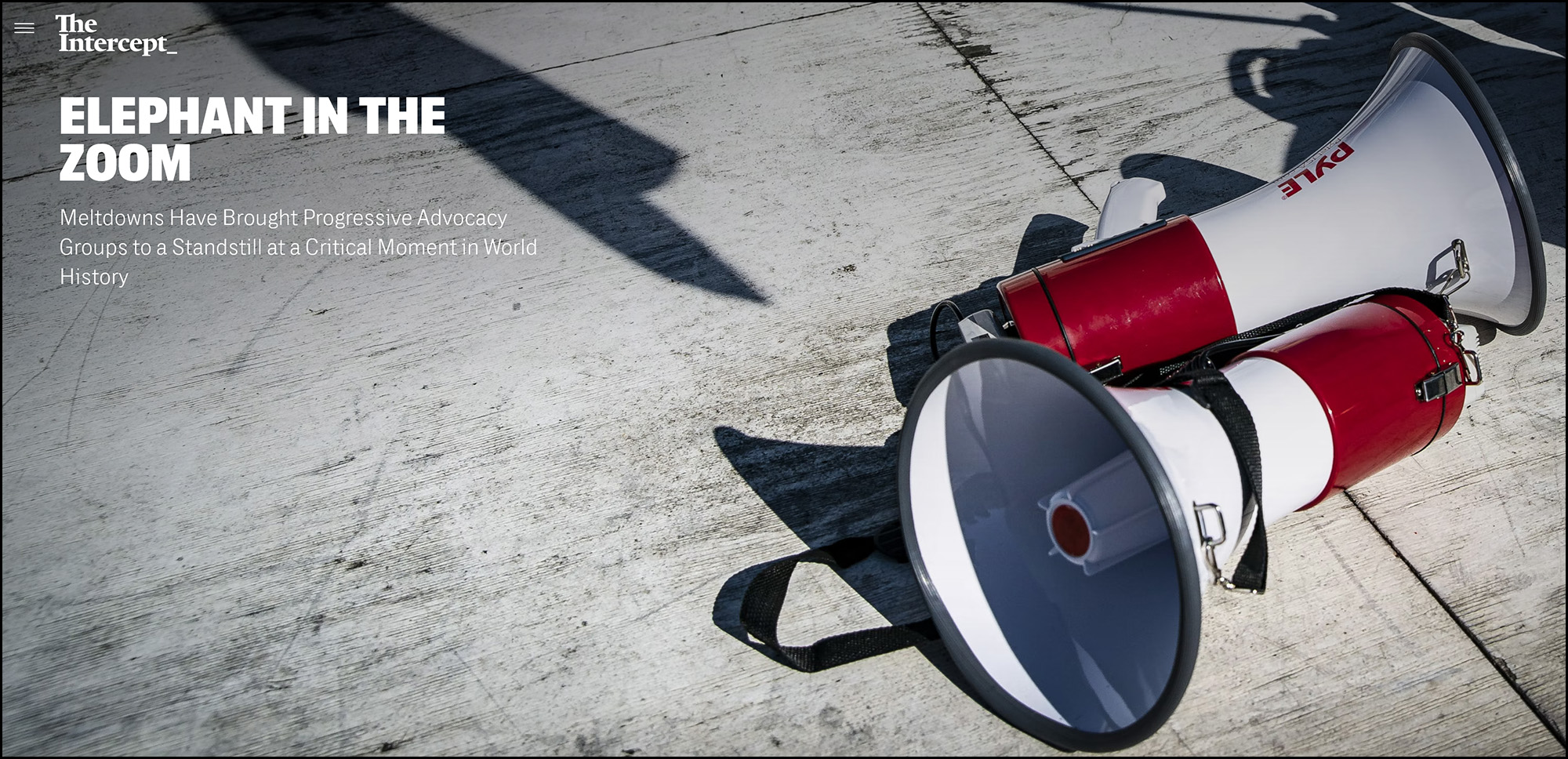 Unsurprisingly to anyone who has any experience with progressive organizations, this problem may have its roots in social justice but it's been weaponized by technology:
Unsurprisingly to anyone who has any experience with progressive organizations, this problem may have its roots in social justice but it's been weaponized by technology:
Twitter, as the saying goes, may not be real life, but in a world of remote work, Slack very much is.”
In the past, workers gathered around the water cooler to air their gripes to each other. Today it's an endless barrage of Slack conversations, Twitter feuds, and Zoom meetings. All of these are things that can reach out to far more people than will fit around a water cooler, and they can be used relentlessly and effortlessly by a generation that takes to them naturally. Managers fight perpetual rear-guard battles, but because progressives tend to be highly verbal people this generally leads only to more and more talk:
[Months after Joe Biden's inauguration] most of the foundation-backed organizations that make up the backbone of the party’s ideological infrastructure were still spending their time locked in virtual retreats, Slack wars, and healing sessions, grappling with tensions over hierarchy, patriarchy, race, gender, and power.
....“I got to a point like three years ago where I had a crisis of faith, like, I don’t even know, most of these spaces on the left are just not — they’re not healthy. Like all these people are just not — they’re not doing well,” [a senior manager] said.
....The environment has pushed expectations far beyond what workplaces previously offered to employees. “A lot of staff that work for me, they expect the organization to be all the things: a movement, OK, get out the vote, OK, healing, OK, take care of you when you’re sick, OK. It’s all the things,” said one executive director. “Can you get your love and healing at home, please? But I can’t say that, they would crucify me.”
Could the Heritage Society come up with a better scheme for eviscerating their progressive foes?
Another leader said the strife has become so destructive that it feels like an op. “I’m not saying it’s a right-wing plot, because we are incredibly good at doing ourselves in, but — if you tried — you couldn’t conceive of a better right-wing plot to paralyze progressive leaders....Progressive leaders cannot do anything but fight inside the orgs, thereby rendering the orgs completely toothless for the external battles in play.”
One of the biggest problem with all this is that it prompts progressive orgs to fight back against conservative orgs not with the messages most likely to win people to their side, but with maximal left-wing arguments that just scare people off. Young staffers insist on it, and management, who are supposed to be the adults in the room, have neither the power or the fortitude to rein them in and manage.
Even worse, this is all happening at a time when conservatives have become complete lunatics. It should be a golden age for progressives, who have the chance of a lifetime to make huge strides in the political arena. Instead we've gotten weaker. That's a hell of an indictment when you're competing against a conservative movement headlined by the likes of Donald Trump, Tucker Carlson, Kevin McCarthy, Ron DeSantis, and Steve Bannon.
This progressive war of all against all has long since become intractable and unwinnable. Is there anybody on our side who commands the moral authority and widespread respect to put us back on track?¹
¹Actually, there is: Barack Obama. It's a shame that he's virtually abandoned both the Democratic Party and the progressive movement since stepping down as president.
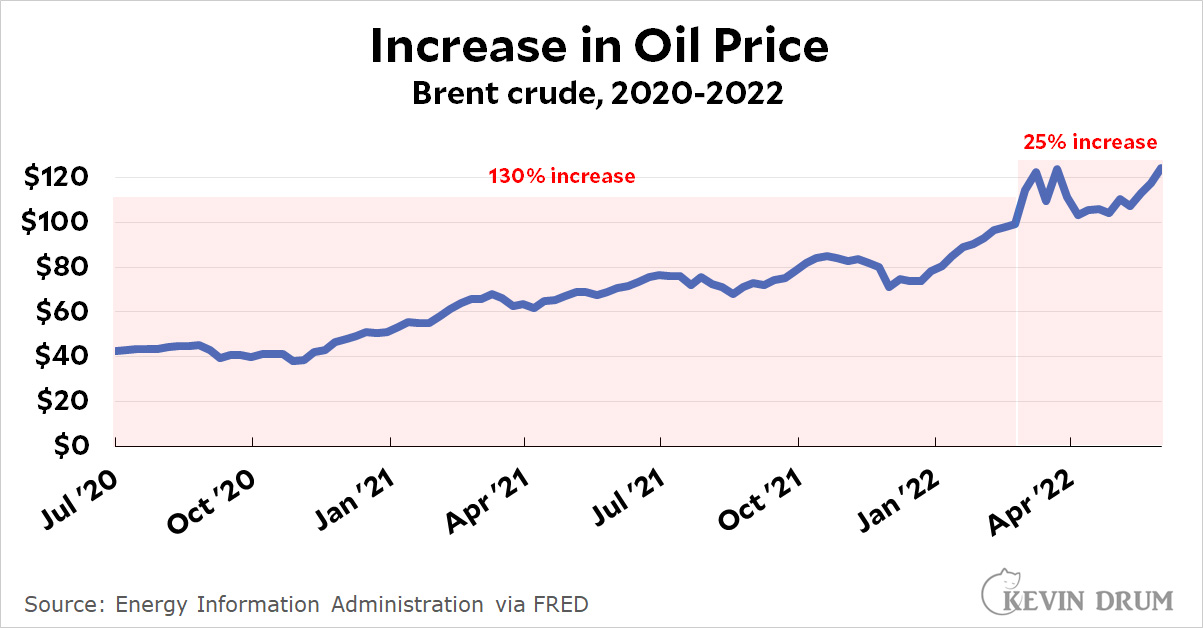 The price of Brent crude dipped at the start of the pandemic and then started recovering. This is far before the Ukraine war. The price mostly recovered by July 2020, which is where I start my chart, and then rose 130% ($60) by January 2022. After the Ukraine war started, the price increased another 25% ($25).
The price of Brent crude dipped at the start of the pandemic and then started recovering. This is far before the Ukraine war. The price mostly recovered by July 2020, which is where I start my chart, and then rose 130% ($60) by January 2022. After the Ukraine war started, the price increased another 25% ($25).

